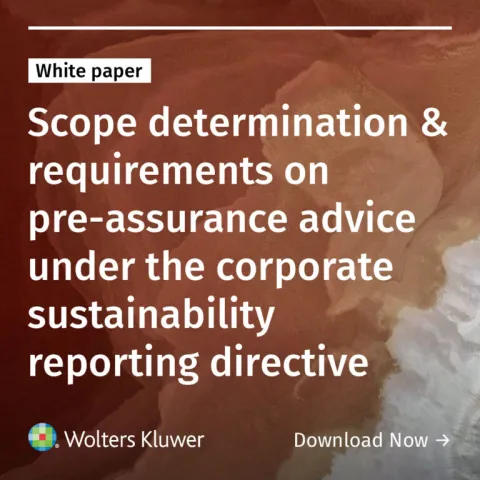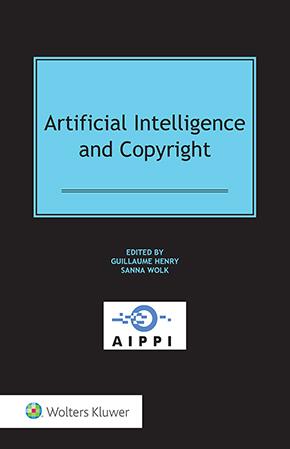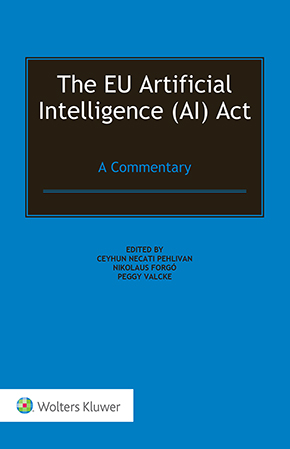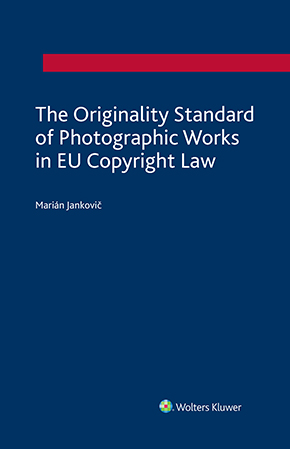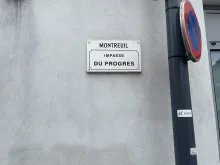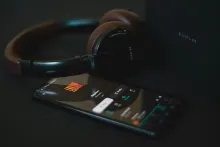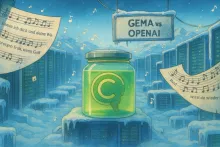Photographs can fall within the press exception says Serbian Appeal Court
January 25, 2017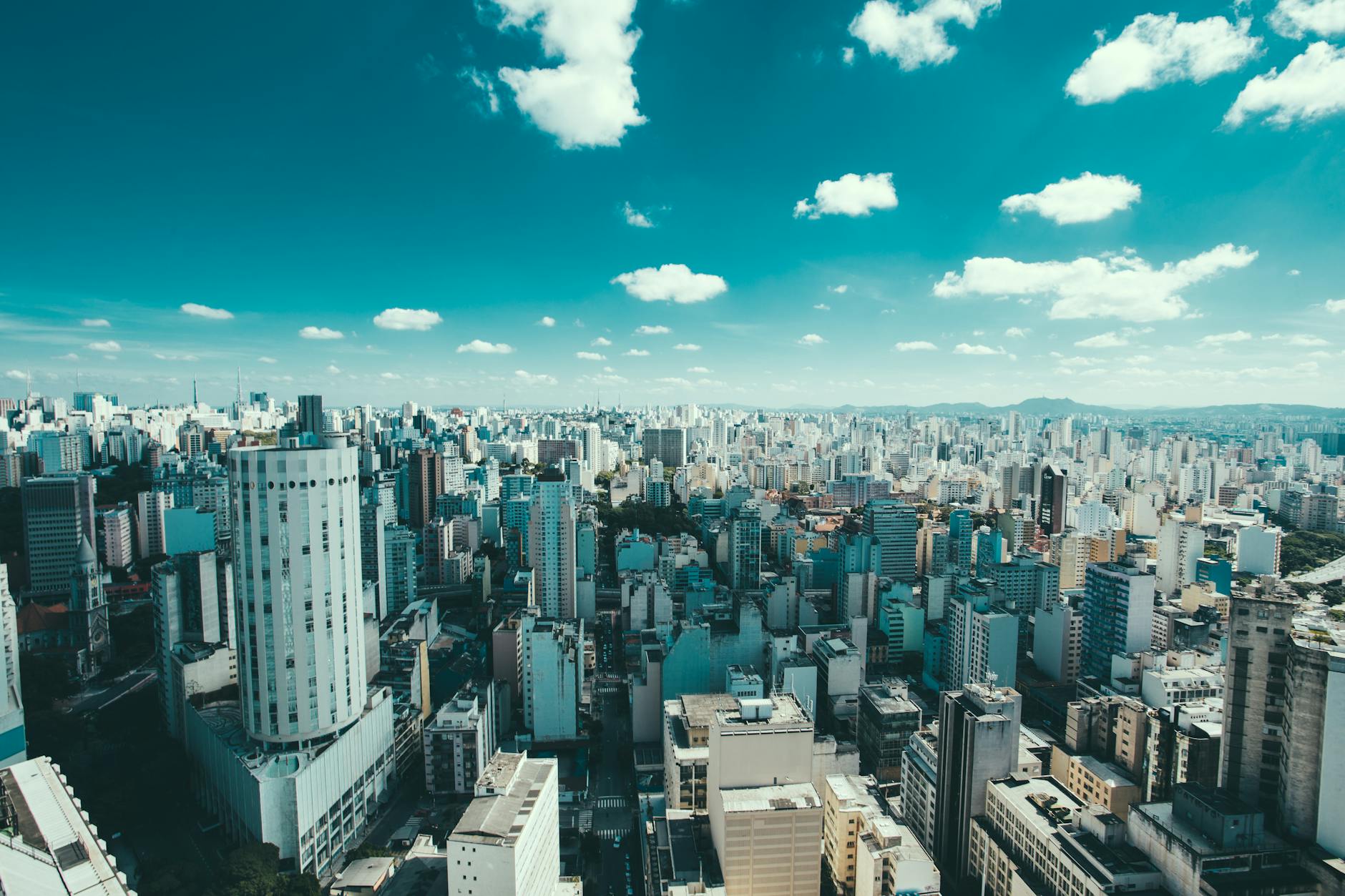
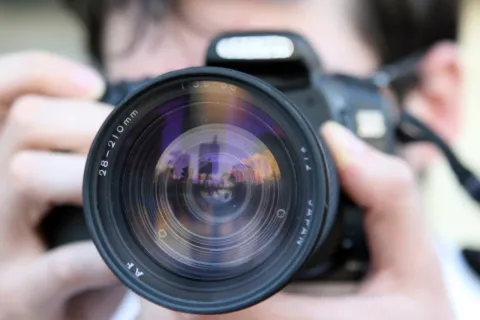
In accordance with Article 10bis(2) of the Berne Convention, national states are free to determine conditions for the use of a protected work such as a photograph or a broadcast reporting on current events. The means of reporting should be a part of the current event so as to be ‘seen or heard in the course of the event’ as well as ‘justified by the informatory purposes’. Since Serbia is a contracting party to the Berne Convention, following the Stockholm revision, the amended form of press limitation was transposed into the Copyright act (Art.43). In line with Article 10bis(2), it is permissible to make copies or to communicate works to the public in all forms, without the author’s authorisation or payment of remuneration, if several conditions are cumulatively satisfied. The work needs to be disclosed and a part of the current event, but used only to the extent corresponding to the purpose of reporting. Article 41, which is a common provision for all copyright exceptions, states that the name of the author and source should always be indicated, notwithstanding the exception. As regards photography, it is clearly specified that, among other works, photographs will be deemed as works of authorship (Art 2 (9)).
Recently, there has been a rise in the number of cases where the claimant was a photographer requesting compensation for the material and nonmaterial damages caused by the use of their work without prior authorisation. In one of the first judgments, the Court analysed the use of photography for reporting on the current event. Applying a very restrictive interpretation and in accordance with the Berne Convention, the Court restricted the possibilities for using a photograph to a very limited number of situations (for example, coverage of a photo exhibition, a photo award ceremony or a similar event).
Departing from this narrow interpretation, in a decision from May 2013 the Appeal Court found that a photograph of a panoramic view of the city of Kragujevac did not constitute a part of the current event since the news article was about a violent crime in the city. The Court argued that the photograph ‘neither shows the site of the event, nor is in any other way related to the case at issue, apart from showing the city of Kragujevac, in which the case at issue occurred’. In the words of the Court, there was not a strong link between the criminal act that the article was about and the photograph reproduced in the article. Finally, the Appeal Court in the judgments from 2016 stated: ‘The photograph is an integral part of the current event that the public is being informed about, because the claimant took this photograph the moment after the car accident exactly at the spot where the accident occurred.’ Firstly, the Court established that a photo that meets certain criteria can be seen as a part of the current event. Secondly, in order to be lawfully reproduced the re-published photo and news article must essentially be concerned with the same event.
Regrettably, the judgment missed a chance to further shape the press exception since the re-publisher did not indicate the name of the author as required by law, although the source was mentioned. The Court in its ruling did not refer to this fact and completely based its argumentation on the provisions defining the press exception, leaving space for inconsistency. The judgment is currently pending before the Supreme Court of Cassation, which will have the final word in this case. Although the ruling does not directly refer to freedom of expression and media freedoms, indirectly it signals that by setting out principles that placed a photo within the scope of the press exception, the courts in Serbia are seeking to ensure a fair balance of competing fundamental rights and interests. Many questions still remain open for future cases: Who are the other beneficiaries of the press exception besides news outlets? What else can fall within the press exception? And finally, where should the line be drawn between justified and proportionate use and unlawful exploitation, so as to assure market developments?


